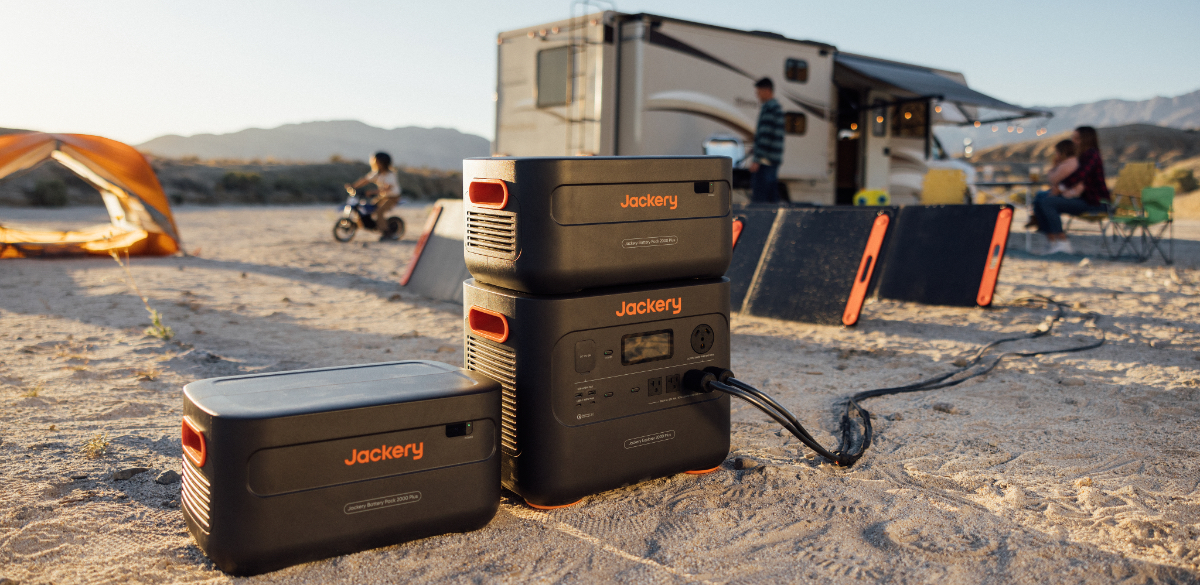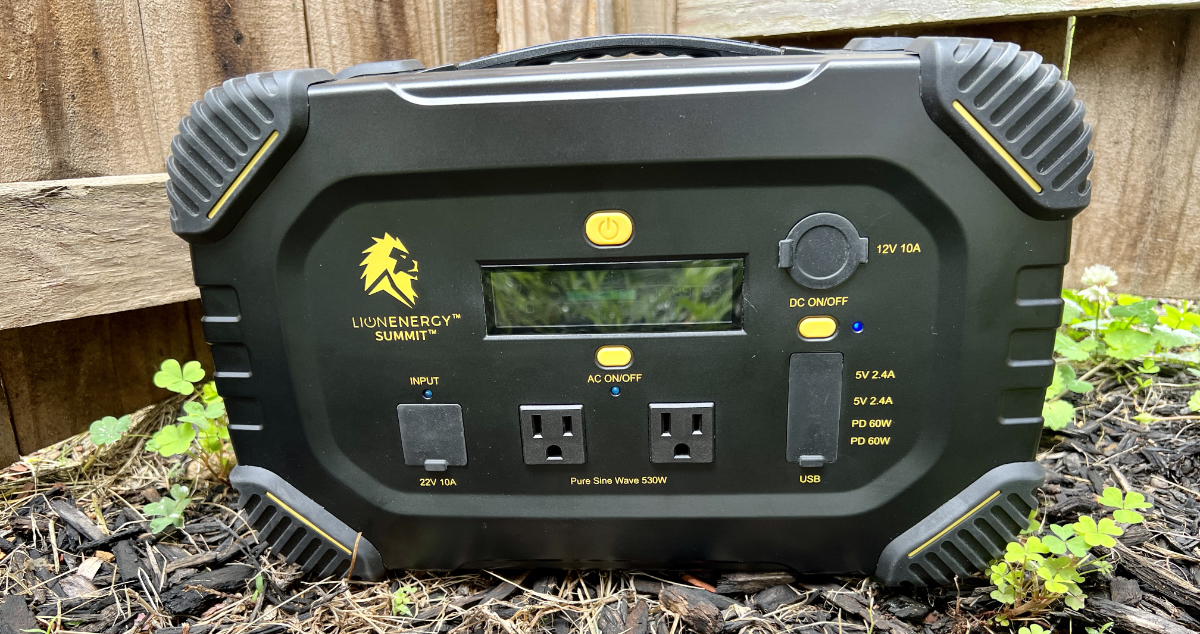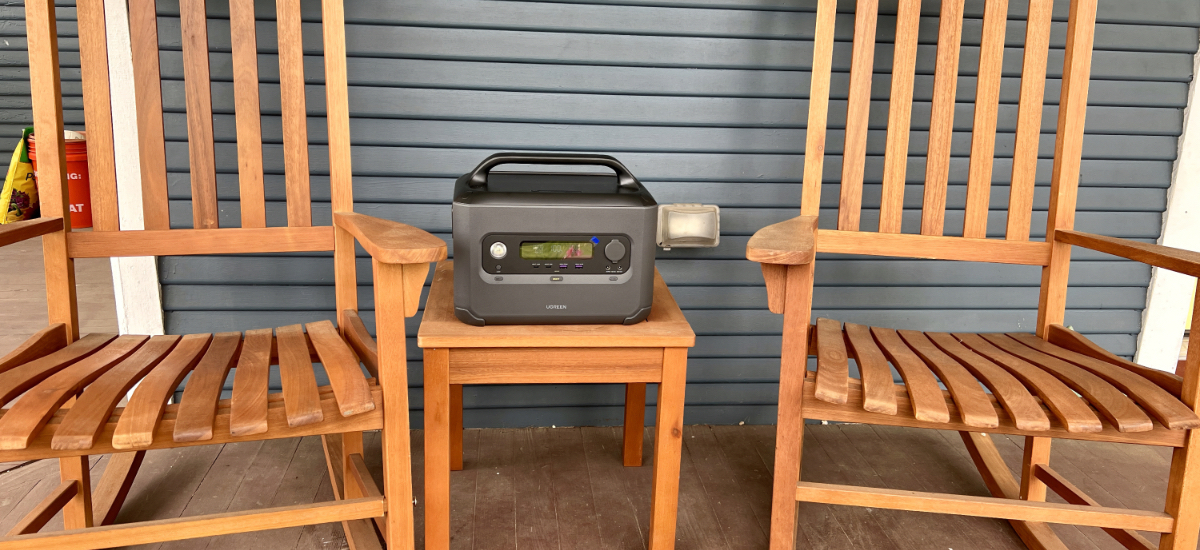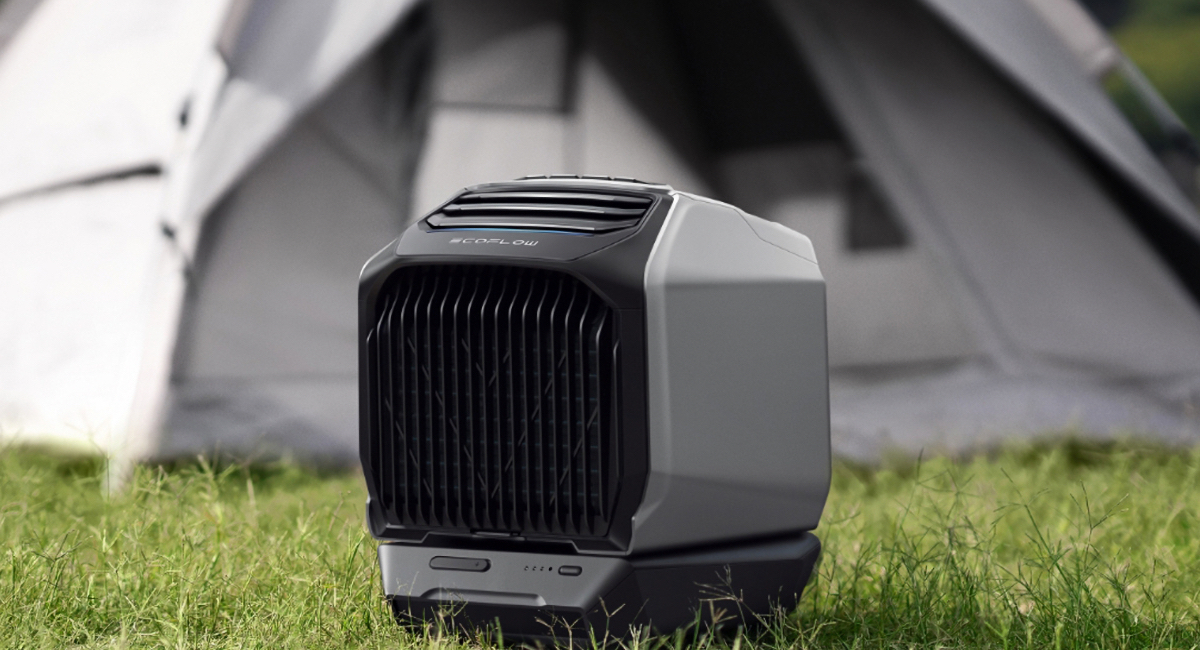Gear Review: BioLite BaseCharge 1500 Portable Power Station
BioLite Makes On-The-Go Charging Simple and Intuitive
Image Caption: Image Courtesy of BioLite
BioLite has always been a company at the forefront of creating portable charging solutions for use while camping. The company’s first product was a backpacking stove that can charge a smartphone using thermal energy collected from the heat generated while cooking a meal. Later it would add small solar panels and USB battery packs to its catalog, giving hikers another option for keeping small devices charged on the trail. Now, the innovative brand is introducing a line of portable power stations, and as is typical for BioLite, they deliver a lot of features and functionality at an attractive price.
BioLite’s new line of BaseCharge power stations consists of two models which derive their names from the size of their batteries. The smaller and lighter BaseCharge 600 has a capacity of 622 watt-hours, while its larger sibling—the BaseCharge 1500—clocks in with an impressive 1521 watt-hours. Both models are highly portable and offer plenty of charging ports for use at home, the campsite, or anywhere else you might need a mobile charging solution.
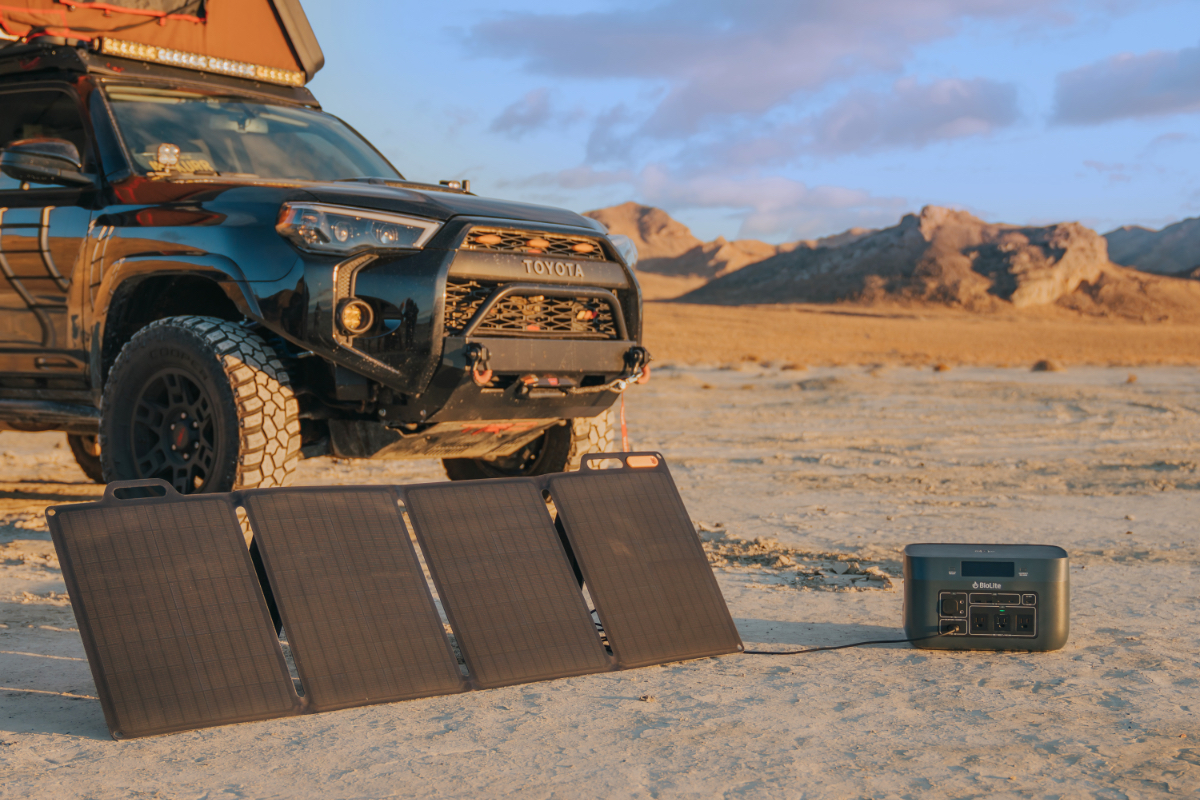
Image Courtesy of BioLite
Plenty of Portable Power
The portable power station market is becoming a crowded one, so we were eager to get our hands on a BaseCharge 1500 to see how it stacks up to the competition. As it turns out, BioLite’s first entry into this competitive space delivers everything you could hope for in a product of this kind, with a few nice touches that allow it to really stand out from the crowd.
In addition to its outstanding battery capacity, the BaseCharge 1500 can produce a sustained 1200 watts of power with the ability to surge up to 2400 watts when needed. That’s enough juice to not only recharge smartphones, tablets, and laptops but also run small appliances like portable refrigerators, blenders, and coffee makers. It can even run an LCD TV, a portable air conditioning unit, and some power tools.
The BaseCharge uses lithium-ion batteries instead of the lead-acid power cells that were once common in older power stations. Lithium-ion batteries are more reliable and efficient and have the added benefit of recharging faster. They also happen to weigh a lot less and have a longer lifespan when compared to lead-acid as well.
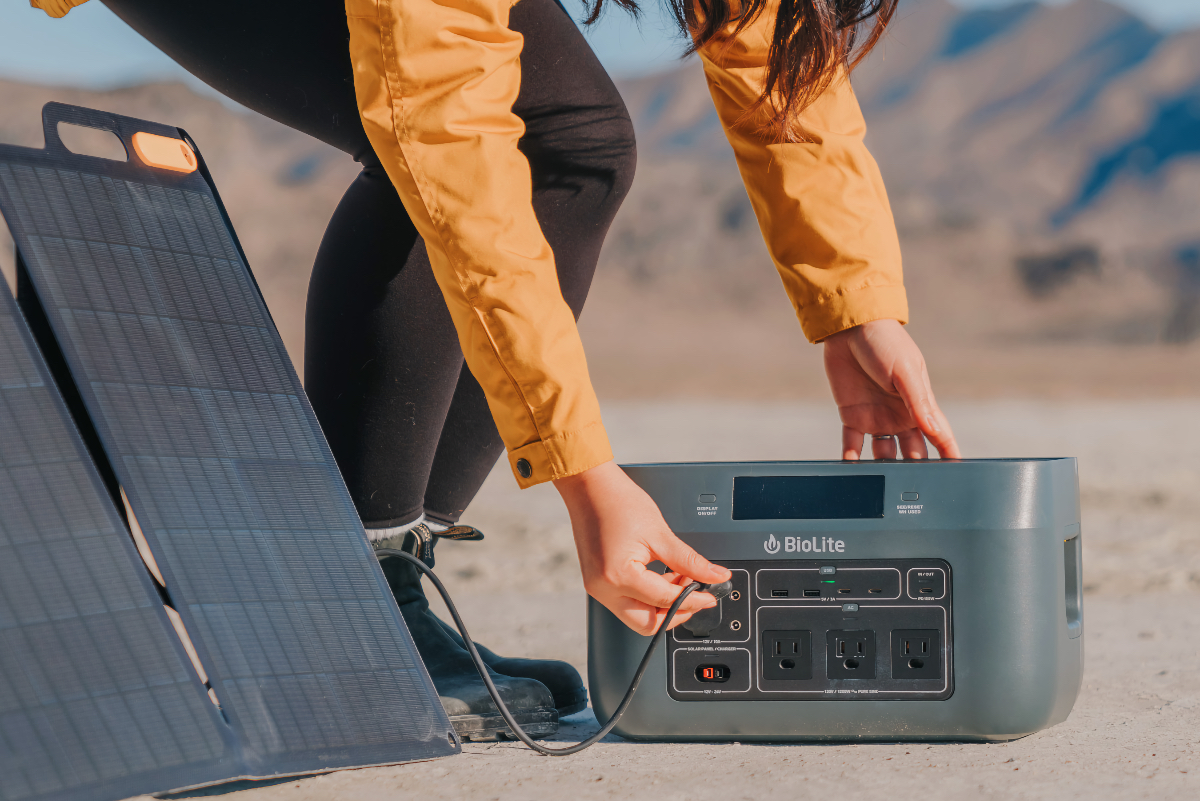
Image Courtesy of BioLite
Ports and Charging
One of the defining features of any portable power station is the type and number of charging ports that a given model offers. The BaseCharge 1500 is well equipped in this department with a wide range of options for keeping devices and appliances running. In addition to three 120-volt AC wall outlets, it also comes with two 12-volt DC barrel ports, a 12-volt car port, two standard USB-A ports, and two USB-C ports. It also has a 100-watt bidirectional USB-C PD (power delivery) port that is perfect for recharging high-capacity electronics such as a laptop.
All of these ports allow the BaseCharge to connect up to 11 devices at once, but the power station has one other trick up its sleeve. The top of the unit serves as a charging pad for smartphones and other gadgets that support wireless charging. Simply place a device on the pad to automatically activate that feature and begin charging without the need for a cable.
The power station is equally versatile when it comes to recharging the BaseCharge itself. The unit ships with an AC adapter for charging from a standard wall outlet, and BioLite now offers a 100-watt solar panel for use while living off the grid. Up to four solar panels can be linked in tandem to provide a steady stream of clean energy harvested directly from the sun. This has the added benefit of being able to keep the power station charged indefinitely while traveling.
Recharging the BaseCharge’s battery takes a bit of time and patience. The included AC adapter can replenish the power cells in about 13 hours, although plugging a second adapter into the bidirectional USB-C PD port cuts the time down to 8 hours instead. As is usually the case, the recharge time using solar varies greatly. Environmental factors—such as cloud or tree cover—can reduce charging speeds, although multiple solar panels should make a dramatic difference. Our test unit came with a single panel, but we saw surprisingly quick charging times when it was set up in direct sunlight.
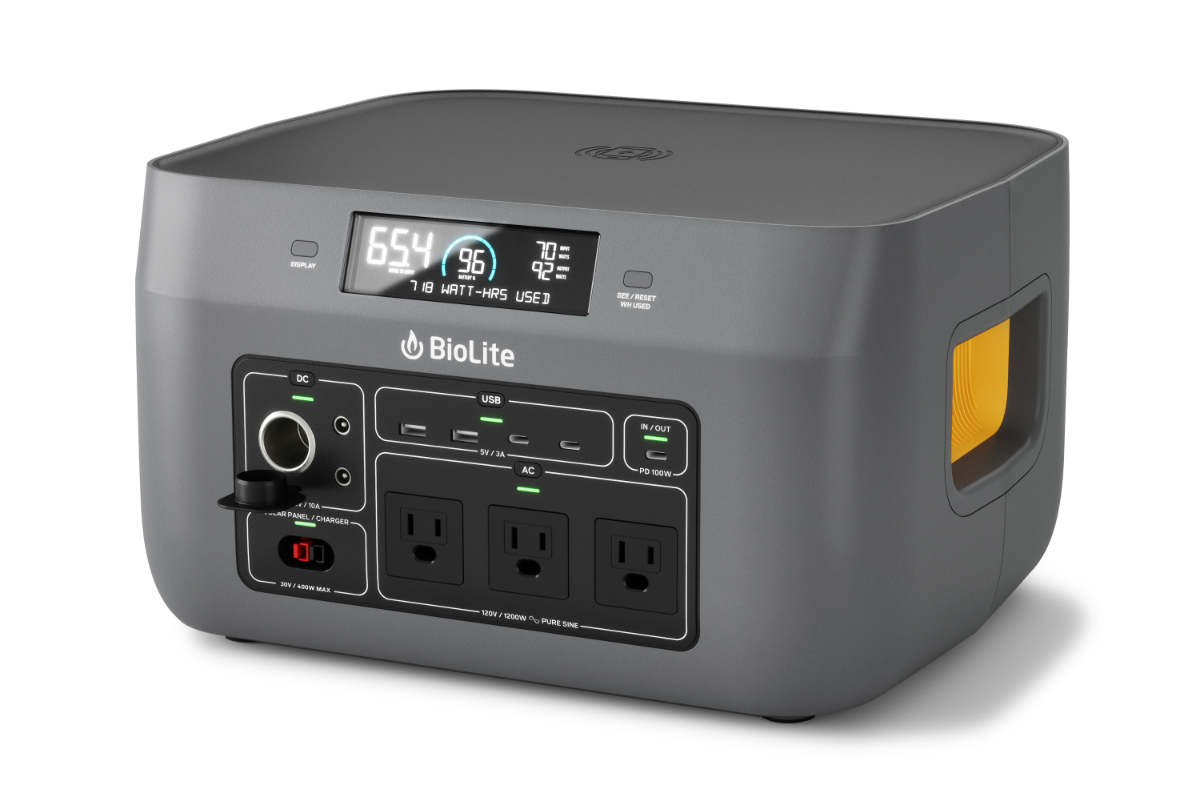
Image Courtesy of BioLite
Power In, Power Out
As with most power stations, the BaseCharge has an LCD screen for monitoring the flow of power in and out of the unit. BioLite calls this the “Digital Messaging Center” and uses it to display various information, including how much time is remaining before the power station’s batteries are depleted.
BioLite has also given the BaseCharge what it calls an “Energy Odometer.” This tool helps users understand exactly how they use the power stored in the unit’s battery. The feature can track trends and behaviors over time and help identify devices that are using the most energy. The EO can also be reset as needed, allowing it to analyze usage more accurately over a defined period.
Perhaps the most significant upgrade that the Digital Messaging Center brings is the use of easy-to-understand language. While other power stations provide plenty of information on their built-in displays, the data can sometimes be challenging to interpret. That isn’t the case here, as the BaseCharge displays important info in a way that makes sense to the user. Even RVers without much experience with this type of device will have no problem understanding what it is trying to communicate.
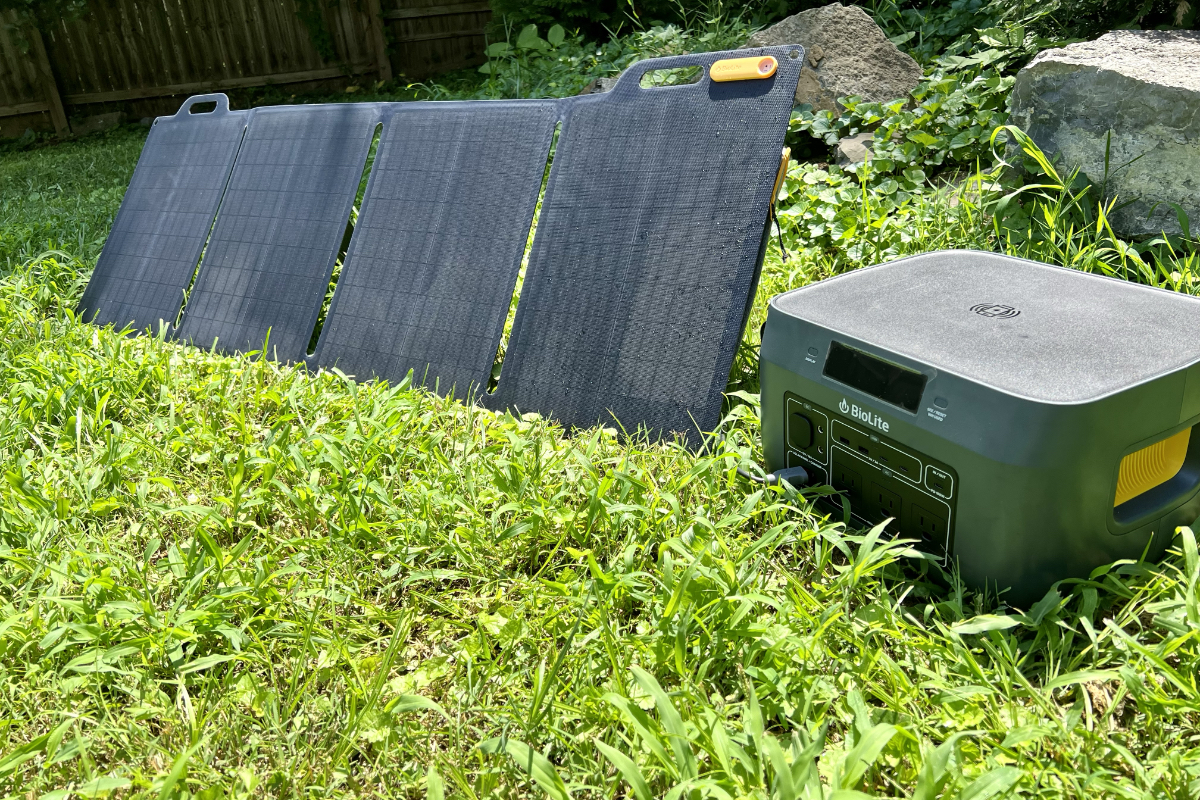
Image Courtesy of Kraig Becker
Built for the Outdoors
As with the other products in the BioLite line-up, the BaseCharge is made for use in the outdoors. The power station’s case has an attractive and durable—but not overly rugged—design. It also sports subtle coloring, mostly made up of grays and blacks, with a touch of yellow on the two side handles. This allows the unit to blend in nicely with its surroundings without calling too much attention to itself—something that is appreciated at home and in the RV. some other manufacturers could learn a thing or two from this approach.
Most portable power stations come with a handle that is either permanently attached to the top or folds up and down as needed. For the BaseCharge, BioLite incorporated handles—which double as venting ports—on either side of the device. This makes it much easier to store in a cupboard or on a shelf, and the lack of a top handle gives the unit a cleaner, more upscale look. The downside of this design choice is that the BaseCharge is a little more challenging to carry with one hand, which can be helpful when moving it around the campsite.
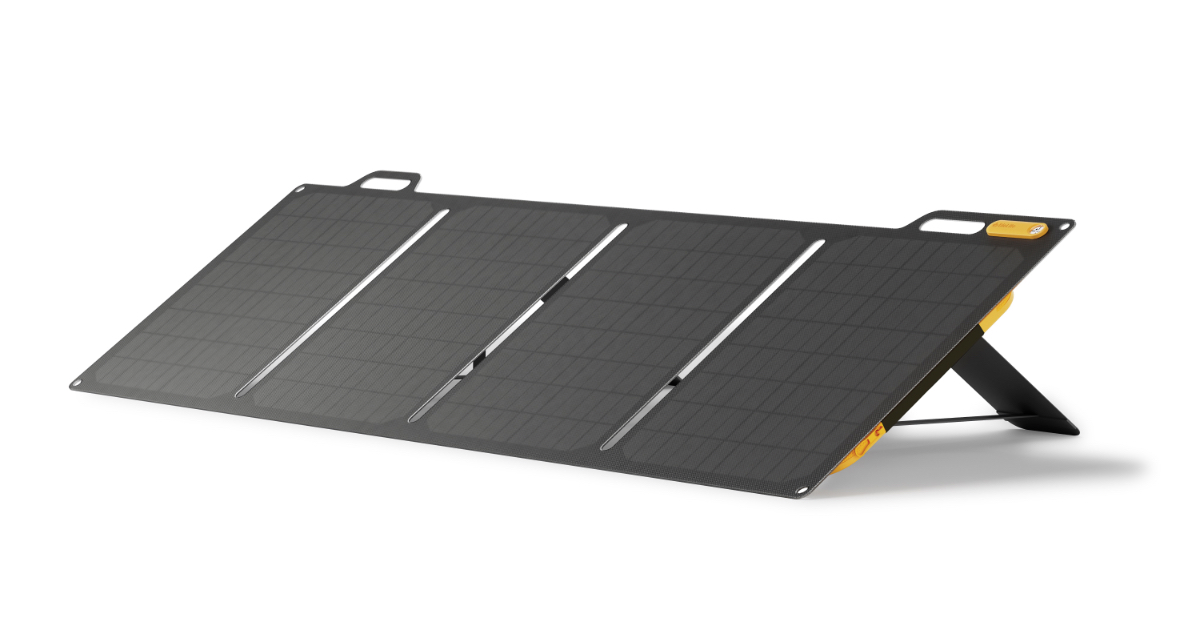
Image Courtesy of BioLite
The SolarPanel 100
As mentioned, BioLite has introduced a 100-watt solar panel to help keep the BaseCharge powered while in the field. Like similar products from other manufacturers, the new SolarPanel 100 features a folding design that allows it to remain relatively compact when not in use. But when deployed, it expands to capture as many of the sun’s rays as possible, converting the light into energy that can be stored in the power station’s battery.
BioLite made it incredibly easy to get the BaseCharge and the Solar Panel 100 working together. A color-coded power cable connects the two units, allowing the photovoltaic panels to supply the power station’s battery with electricity. A built-in sundial and integrated kickstand make it easy to position the solar panel for maximum efficiency, taking much of the guesswork out of the process.
In another nice touch, the SolarPanel 100 comes with two USB-A ports and a 45-watt USB-C port for charging devices directly. This gives the unit an excellent level of functionality independent of the BaseCharge. Users can simply plug smartphones, tablets, and other items directly into the panel to pick up a quick charge. Something that is very handy when the power station is in use elsewhere.
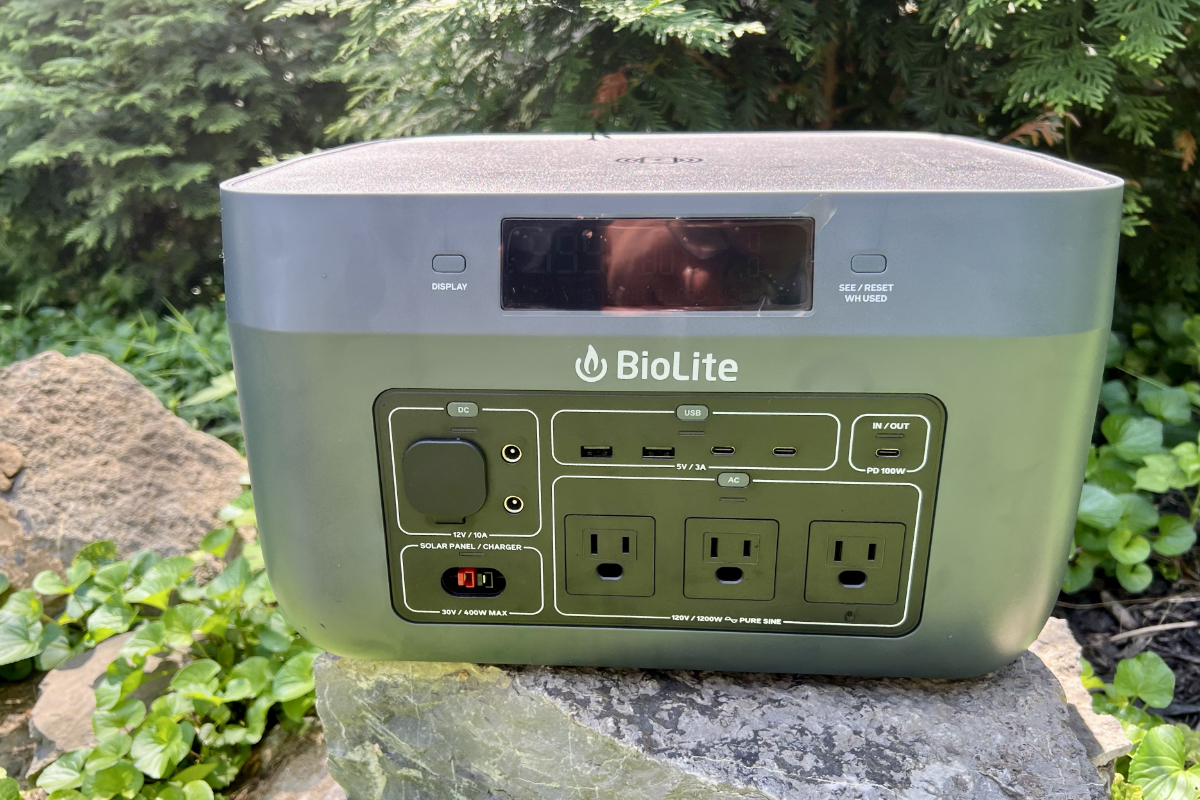
Image Courtesy of Kraig Becker
An Impressive Option for Portable Power
BioLite’s first entry into the portable power station market is an impressive one. The BaseCharge 1500 and SolarPanel 100 are well-designed products that offer plenty of functionality in an easy-to-use package. This makes it easy to recommend these devices to anyone looking for an on-the-go or emergency charging solution that is also completely silent and eco-friendly.
With its plethora of charging ports, intuitive display, and large battery, the BaseCharge is a compelling product for anyone who needs a power source that they can take with them wherever they go. That should make it a popular choice for RVers, particularly those who find themselves camping off the grid regularly.
The BaseCharge 600, BaseCharge 1500, and SolarPanel 100 will be available for preorder on September 7 for $699, $1699, and $399 respectively. Visit the BioLite website for more information.

Kraig Becker is a writer in the RV, outdoors, and adventure travel space. Over the course of his career he has contributed to such outlets as Popular Mechanics, Outside Online, Business Insider, TripSavvy, Digital Trends, GearJunkie, The Adventure Blog, and countless others. And avid runner and cyclist, he enjoys camping, hiking, mountain biking, kayaking, and just about any other outdoor activity. His travels have taken him to seven continents and on many amazing adventures.

